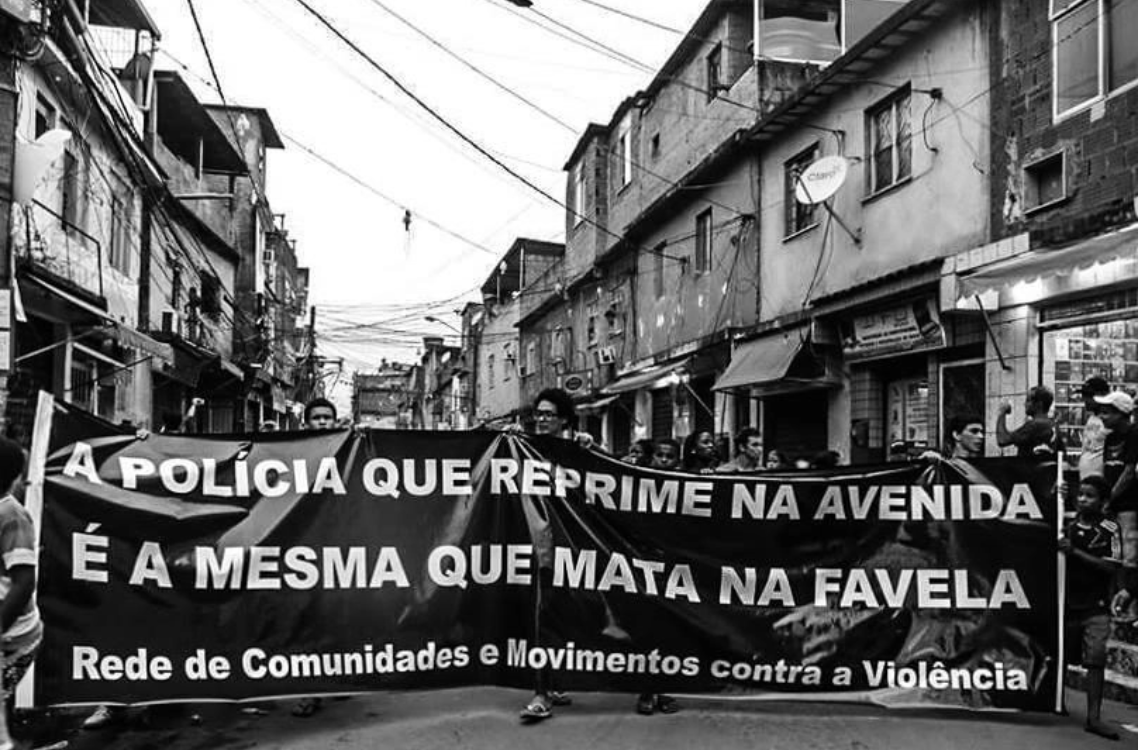Amarildo de Souza
14.7.2013 RJ/BR
To navigate, use the scroll
or arrow keys on the keyboard
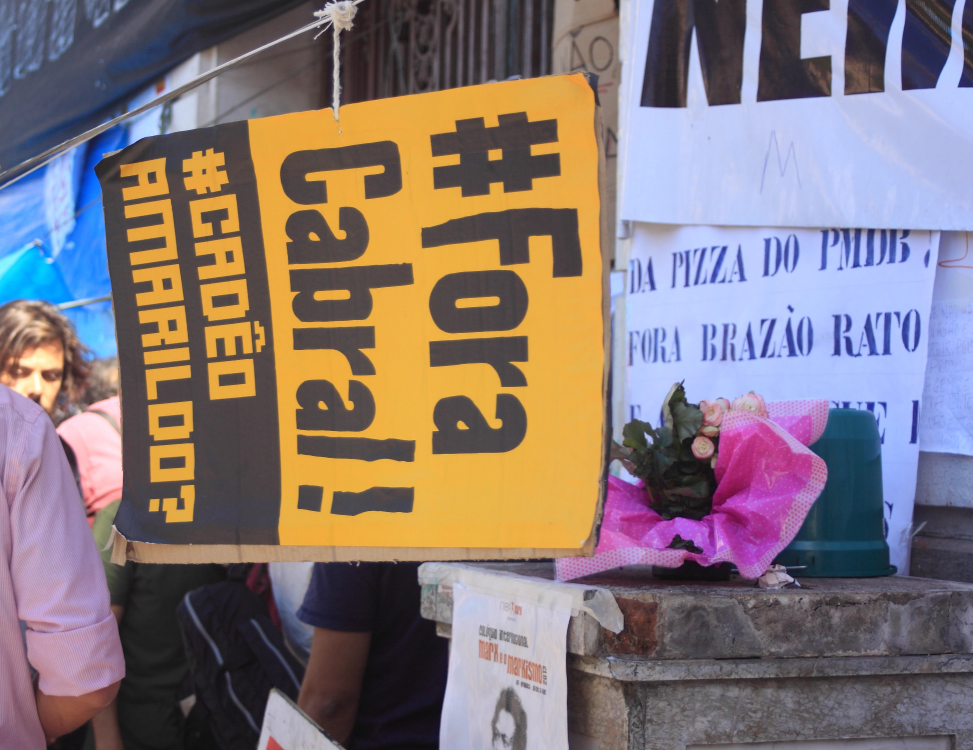
FORCED DISAPPEARANCE OF AMARILDO DIAS DE SOUZA
IN 2013, AMARILDO, 46, WAS TAKEN BY PMS, FROM HIS DOORWAY, IN THE ROCINHA FAVELA, TO THE HEADQUARTERS OF THE LOCAL POLICE PACIFICATION UNIT (UPP), WITHOUT EVER BEING SEEN AGAIN.
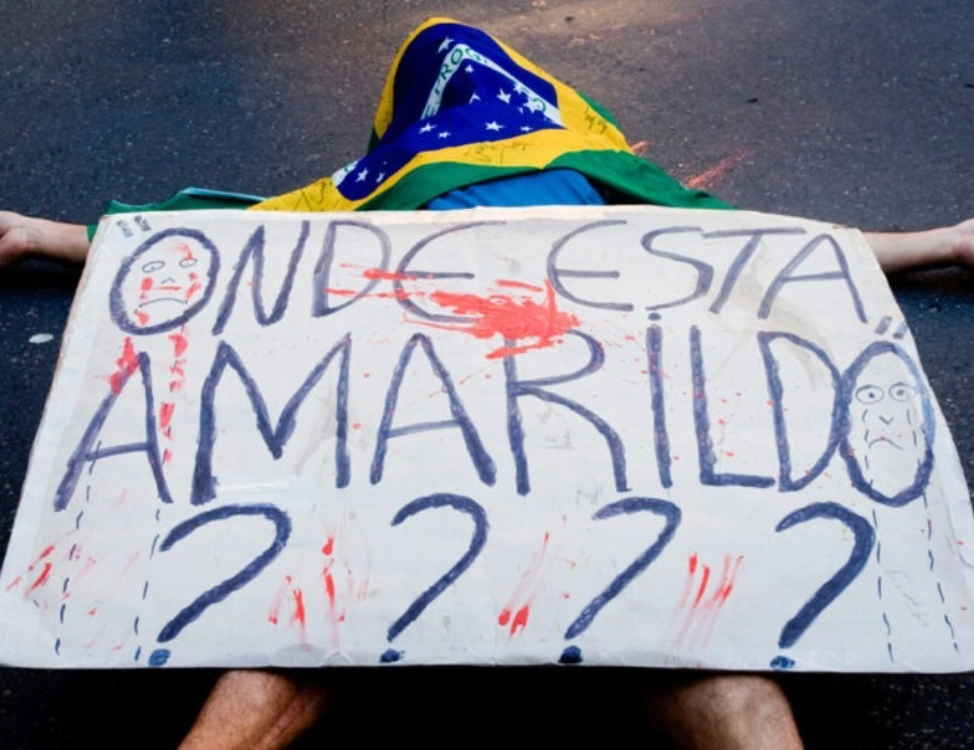
victims
Amarildo de Souza
Age
43 anos
Occupation
construction worker
Race
Negro
City
Rio de Janeiro, RJ
DATE
14.07.2013
Final/Current Status
Closed
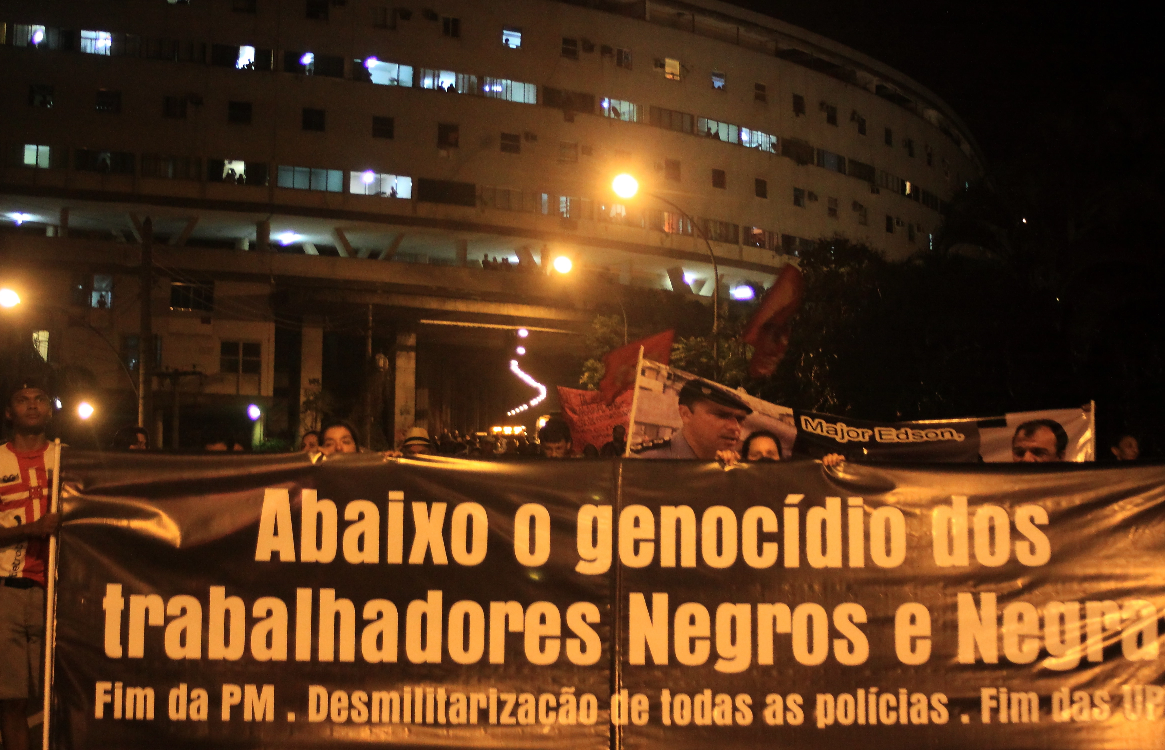
Preamble
Bricklayer Amarildo Dias de Souza was cleaning fish at the doorstep of his home in the Rocinha favela when he was detained by agents from the local Pacifying Police Unit and taken to their headquarters. From the first complaints by his family, various campaigns and public statements demanding explanations from the authorities about the disappearance took to social networks and the streets. Since the Acari Massacre, no similar case had achieved such national and international repercussion.
The Public Prosecutor's Office charged thirty military police officers from the Rocinha UPP, including the former commander. Out of these, 12 were convicted for the crimes of torture resulting in death, kidnapping, and concealment of the corpse. Currently, all 12 are free, and Major Edson, the unit's commander at the time and the one who received the heaviest sentence, was reinstated to the military police in February 2021.
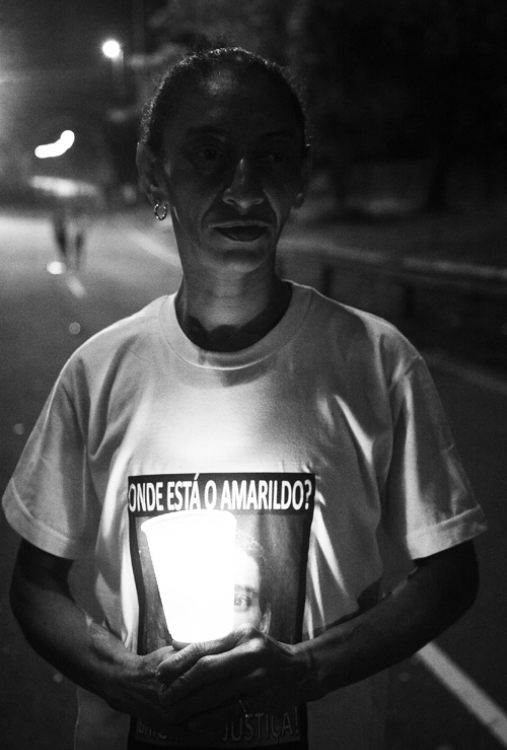
THE INVESTIGATION GOES TO THE HOMICIDE DEPUTY AND WE RECEIVE A DEATH CERTIFICATE FOR PRESUMED DEATH. A DEATH CERTIFICATE OF A BODY THAT WE COULD NOT FIND, BUT WE WERE SURE HE WOULDN'T COME BACK.
”MICHELLE LACERDA, AMARILDO'S NIECE
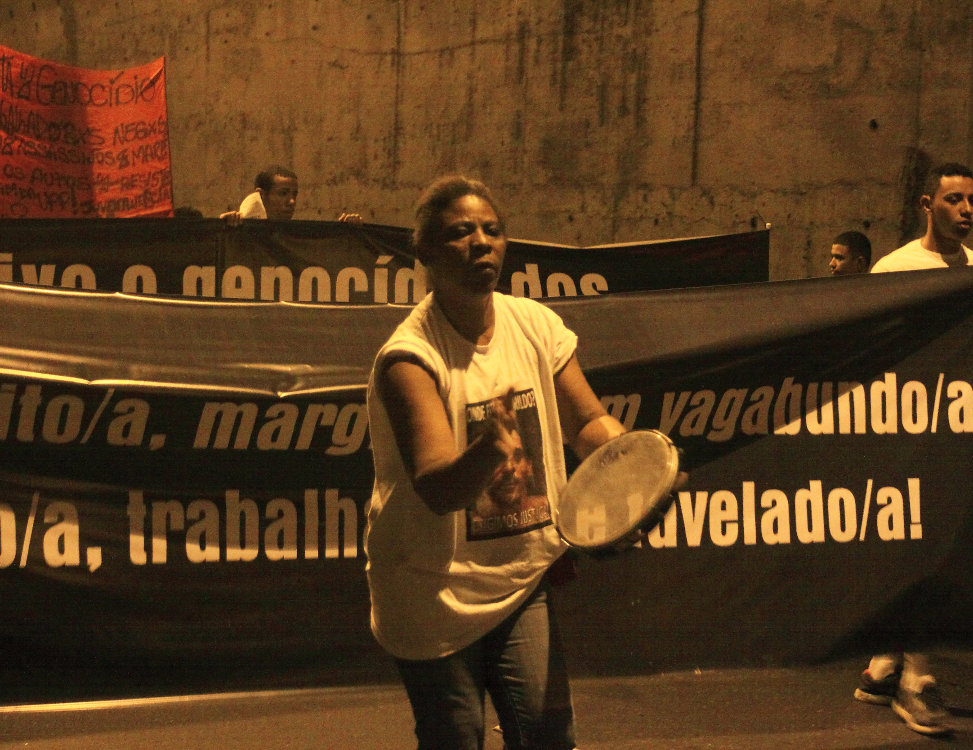
FAMILY REPORTS
Amarildo's delay in getting home caused concern among the family, who began a search, initially trying to get answers from the local UPP itself, without success. A series of conflicting information made relatives seek support inside and outside the favela, spreading the news and increasing pressure for effective investigations. In addition to Amarildo's six children and his widow, his niece and sister also became icons of a struggle that is not limited to the case of his forced disappearance. The demonstrations that marked June 2013 across the country amplified the question “where is Amarildo?”, focusing on the disappearance. on social media, the hashtag #cadêoamarildo? it went viral and strengthened the fight.
AMARILDO'S VIOLENT DEATH BECAME AN ICON OF RACIAL VIOLENCE THAT GUIDES STATE ACTIONS SUCH AS UPPS
